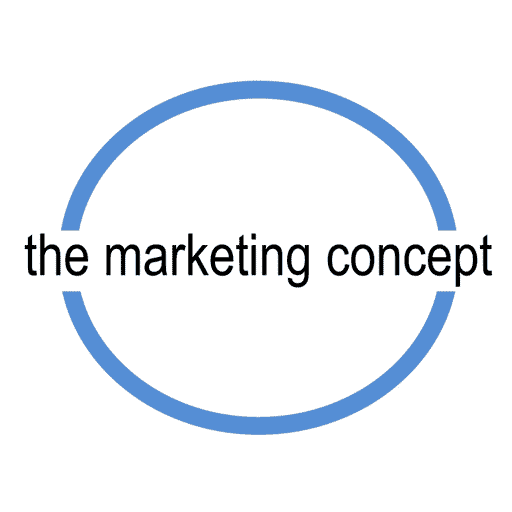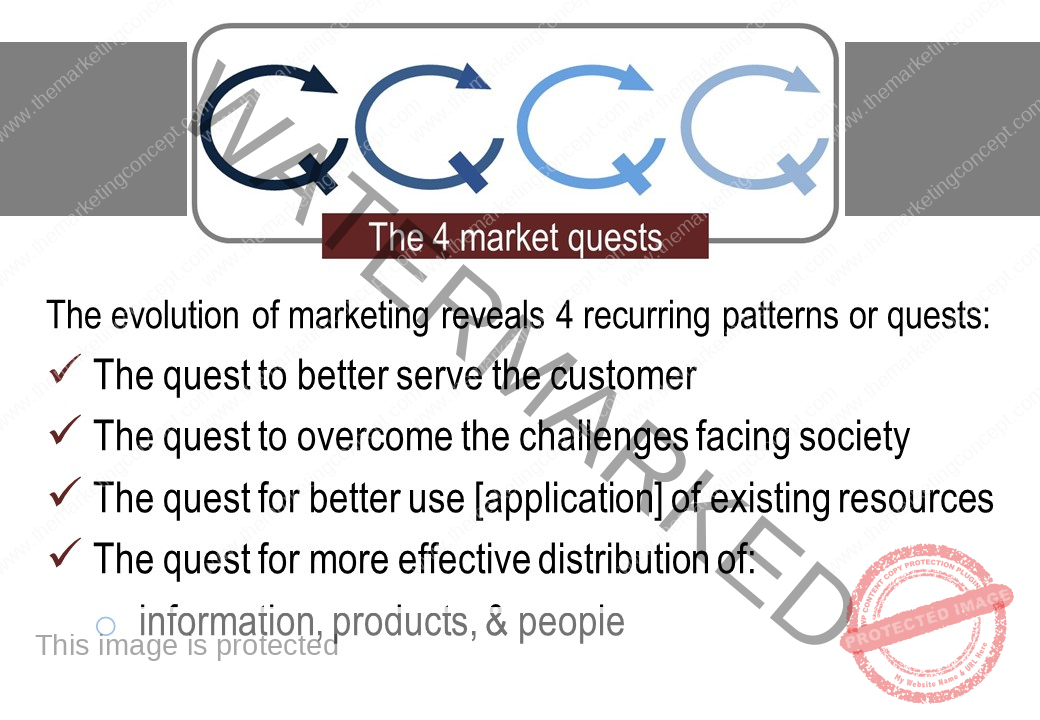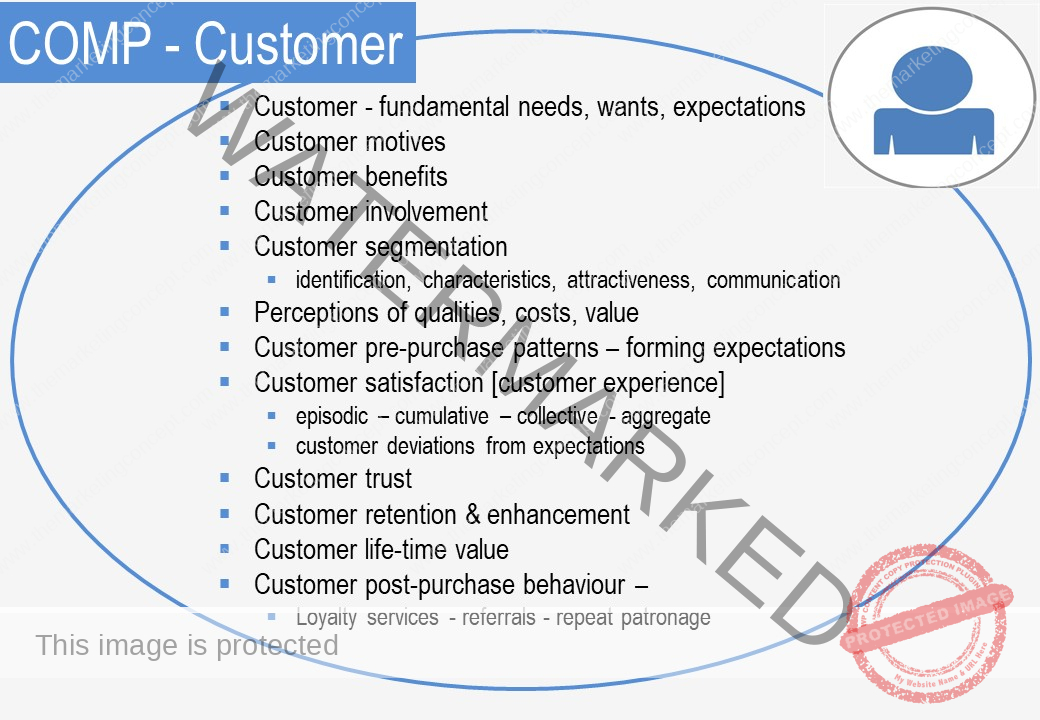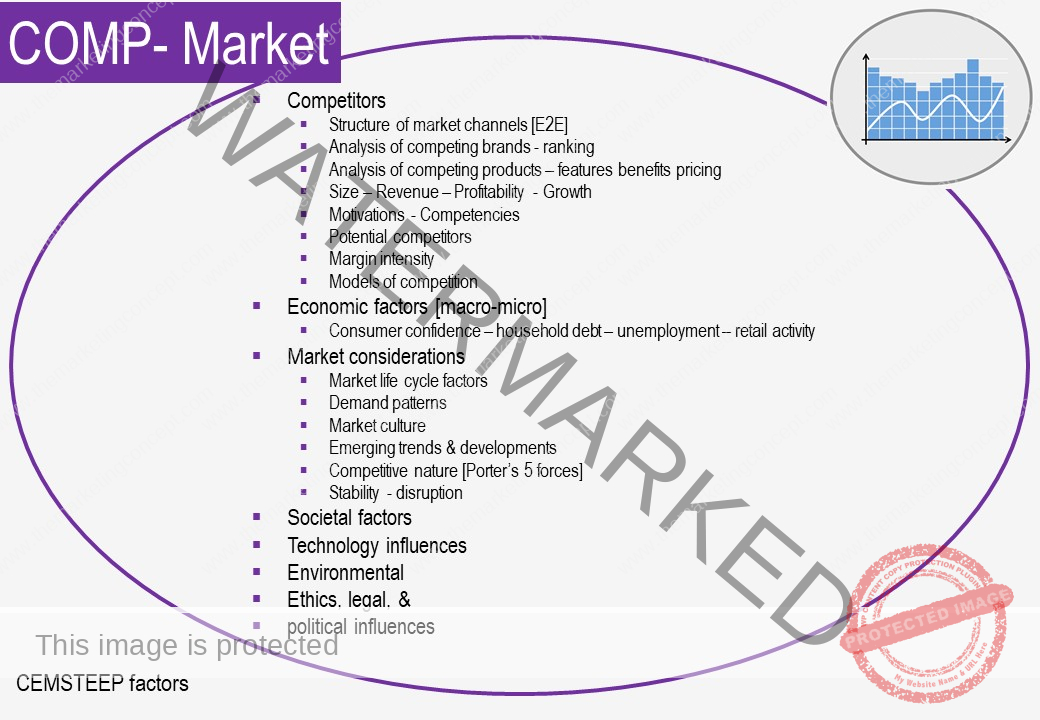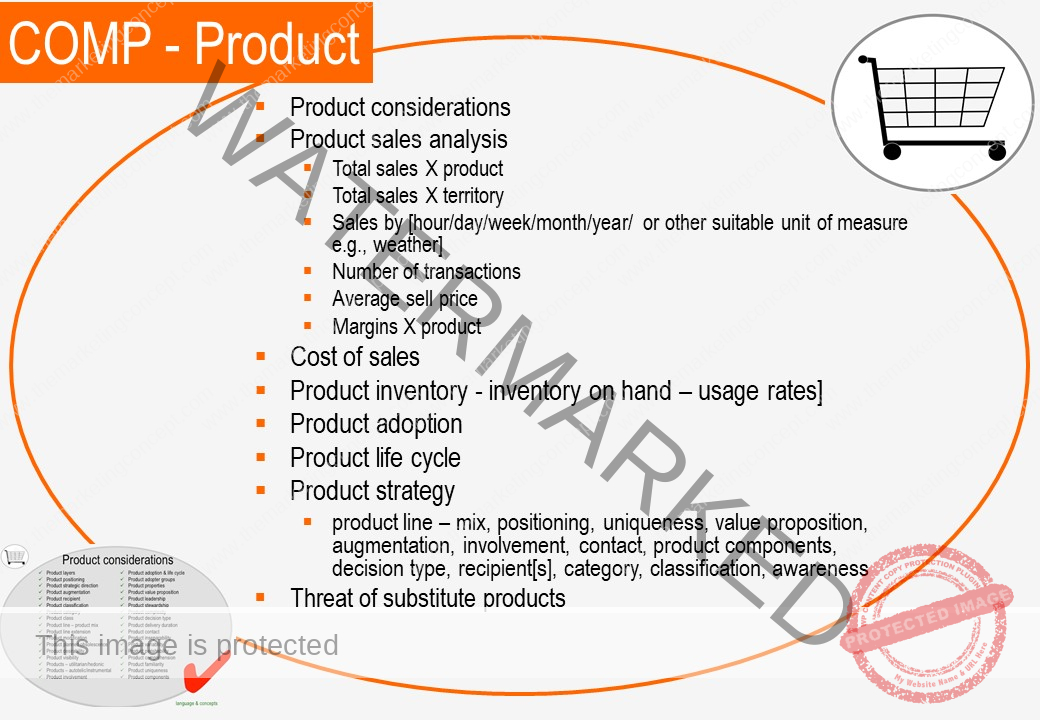
Activity: Marketing in a time of disruption
Whilst tragic on so many levels, from a marketing perspective, the COVID period is presenting marketing practitioners with many previously unforeseen challenges and, therefore, provides an interesting context to further explore the marketing concept, a number of marketing theories/concepts and consider the implications for the future. The COVID period certainly provides a new perspective and will influence marketing practitioners and marketing thought for many years to come.
However, this activity is not really about COVID rather it is about how the situation provides new insight.
In this activity we ask you to study and consider the 4 market quests, the situational factors [COMP], the total product, [the product layers, product considerations, product components], the types of risks & qualities, and the 4 service characteristics [particularly ‘product inseparability’ & ‘product perishability’]. Furthermore, the consumer behaviour during the COVID period suggests a new inspection of Maslow’s hierarchy of needs as people re-evaluate their lives in a post COVID era.
Theoretical considerations: The marketing concept: philosophy, theory, & application [e-book] presents the view that due to the unique prevailing situational factors that each organisation encounters, all products have a uniqueness. Furthermore, as situational factors are constantly evolving, organisations must continue to adapt. The e-book identifies the situational factors as the characteristics of the customer, organisation, market, and product [COMP factors] and then explores the characteristics of each factor.
Interestingly in his book, On the origins of species, Darwin (1859) proposed that: an evolution has occurred and is occurring, a process of natural selection has occurred and is occurring, changing situational factors require a process of adaptation & co-adaptation, whilst adaptation may produce small improvements, big advances are made through the emergence of hybrids.
The P in COMP represents the product characteristics that marketing practitioners must consider when designing, developing, and delivering a new product or repositioning an existing product. As a consequence of COVID and the ensuing restrictions, marketing practitioners faced a disrupted set of situational factors and many were forced to quickly design, develop, and deliver new product offerings. The COVID influence varied from product to product – for example, products that are produced remotely and then delivered intact – appear less effected than those that require the presence of the customer – products with a high degree of automation were less effected than those that were more service/labour intensive. In fact, some service dominant products that were once consider ‘recession proof’ became vulnerable in light of the new situational factors. Products are generally classified as convenience, shopping, specialty, and seminal, however, during the COVID period a new category ‘essential’ emerged where existing service dominant products were reconsidered and given a new appreciation and status.
Within the list of product considerations is product inseparability and degree of product contact. The separation between the organisation [the O in COMP] and the customer [the C in COMP] is generally referred to in the services marketing genre as ‘inseparability’ and it varies along a continuum from low contact to high contact. There are different types of contact – between staff and staff [including channel partners], between the staff and the customer, and between customers and customers. One method to minimise staff to staff contact was to increase separation – encourage staff to work from home – where this was possible new methods of communication were quickly adopted and some organisations claim an increase in productivity and sales – where separation was not possible new measures were put in place to minimise cross infection – however, with the rise in infection rates some industries were unable to meet supply and demand and this impacted the market channel. The marketing concept [e-book] also suggests that the types of contact may also influence the product experience. The product experience was impacted particularly when staff and other customers are a dominant component of the total product – think the hospitality sector. Product inseparability in the time of COVID also highlights how the product component of place [sometimes referred to as the servicescape] must also be managed with types of risks and qualities in mind.
Examples of organisations endeavouring to manage product inseparability and product perishability, and the challenges of increased risks were often innovative, however, there were many examples of how COVID was influencing Maslow’s hierarchy of needs at a number of levels. As organisations adapted – distilleries making hand sanitisers, clothing companies making face masks, supermarkets doing click and collect; consumers also adapted – the need may have remained, however, some consumers purchased alternative products to satisfy a need – there are a number of examples, some consumers, unable to attend their usual fitness classes purchased home fitness equipment, purchased a bicycle or repaired an existing bicycles, met family and friends online. The C in COMP represents the consumer/customer and it is clear that consumers also vary and assess risks differently and develop attitudes according to their needs and the strength of those needs – and at times conflicting personal and cultural values and imposed regulations.
Tourism and travel have been impacted by restrictions and new attitudes began to take shape – cruise ships and airports were seen as riskier. As a consequence of travel restrictions a knock-on effect and the realisation of marketing as part of a system became evident – and a greater awareness that tourism is generally an aggregate product. Whilst this has had an immediate impact, longer term strategies to ensure that the types of contact and associated risks are managed will need to be introduced to ensure consumer confidence returns.
The marketing concept e-book suggests that the ability to purchase and willingness to purchase will influence consumption activity this is often referred to as consumer confidence and influences business confidence the market conditions and the consumer’s perception of financial risks. COVID highlighted that individually consumers will assess their situation and act accordingly, however, collectively this is often recorded in a consumer confidence index; consumer spending will impact on GDP, unemployment, and the credit rating of state or country. The M in COMP refers to the market considerations; the marketing concept [e-book] proposes the CEMSTEEP model to audit the market – competition, economic factors, market conditions, social factors, technology, environmental, ethical, and political are all important considerations, however, the COVID takeaway for marketers is that whilst a marketing plan is critical – marketing action plans need to be able to adapt to changing situational factors particularly as we learn to live with the pandemic.
Considerations
Consider the impact of COVID on some organisations/products.
- How the implications in the following concepts and the COVID period.
- What are the factors that created such a contrast between organisations?
- What factors could have impacted on supply chain problems?
- How have customer to customer interactions [e.g., nightclub] – been effected by restrictions?
- How have different needs [and risks] competed for attention?
